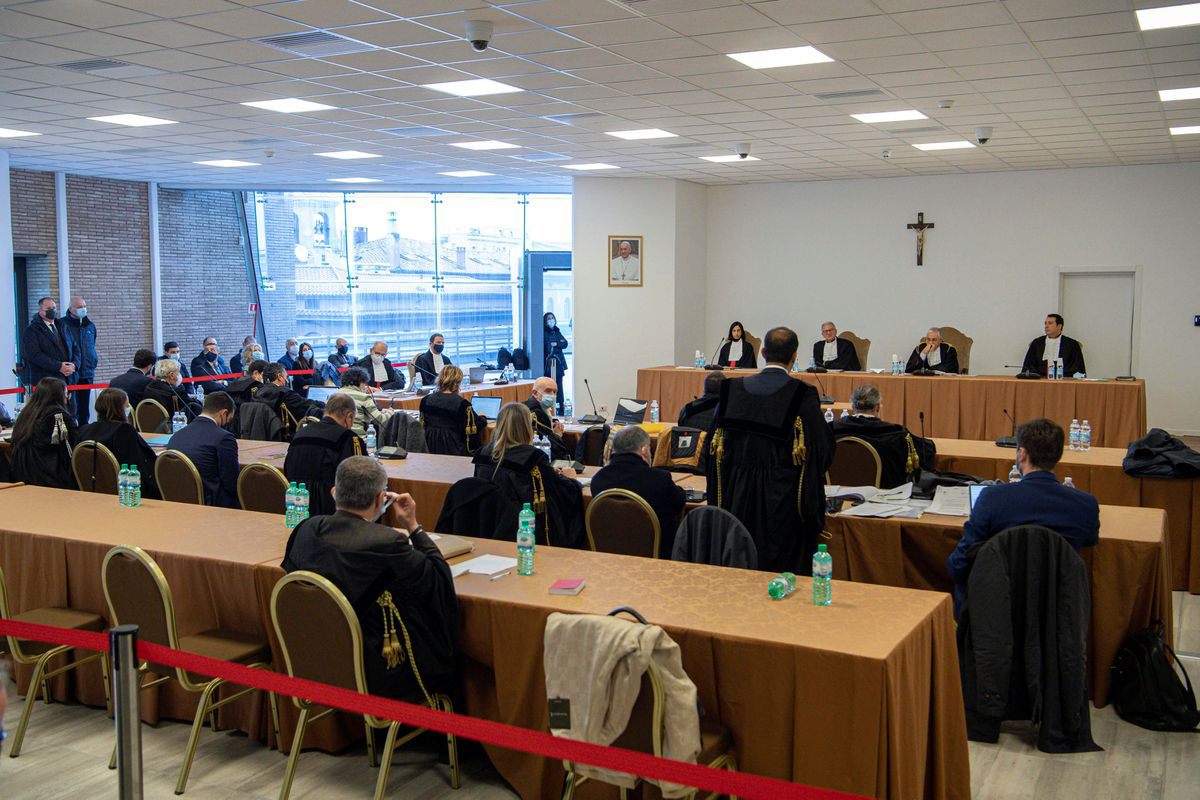Rare Seabird Research: A Focus On Data Collection And Analysis By The Te Ipukarea Society

Table of Contents
Innovative Data Collection Techniques for Rare Seabirds
The Te Ipukarea Society utilizes a multi-faceted approach to gather crucial data on rare seabird populations. Their innovative techniques combine traditional methods with cutting-edge technology, providing a comprehensive understanding of these elusive birds.
Visual Surveys and Censuses
Visual surveys form the cornerstone of many seabird population studies. The Te Ipukarea Society employs both land-based and boat-based surveys, adapting their approach based on the species and its habitat.
- Land-based surveys: Observers stationed at strategic locations conduct systematic scans of the coastline and surrounding waters, recording species, numbers, and behavior.
- Boat-based surveys: These surveys allow access to offshore breeding colonies and foraging areas, providing a more complete picture of seabird distribution.
- Census techniques: The Society employs various census methods, including transect surveys (systematic line transects) and point counts (observations from a fixed point), to estimate population sizes. However, they acknowledge the limitations of these techniques, such as difficulty in detecting cryptic species or those at sea.
- Challenges and biases: Visual observation is susceptible to observer bias, weather conditions, and the inherent difficulty in accurately counting large flocks of rapidly moving birds. The Society addresses these challenges through rigorous training of observers and the use of standardized protocols.
Advanced Tracking Technologies
To overcome the limitations of visual surveys, the Te Ipukarea Society utilizes advanced tracking technologies, providing unprecedented insights into the lives of rare seabirds.
- GPS tracking devices: These devices provide highly accurate location data, allowing researchers to monitor the movements of individual birds in real-time.
- Geolocators: Smaller and lighter than GPS trackers, geolocators record light levels, enabling researchers to estimate location based on sunrise and sunset times. This is particularly useful for smaller species where GPS trackers might be too heavy.
- Data obtained: Tracking data reveals crucial information about migration patterns, foraging areas, and habitat use. This detailed information is critical for identifying important habitats and potential threats along migratory routes.
Non-invasive Sampling Methods
Ethical considerations are paramount in rare seabird research. The Te Ipukarea Society focuses on non-invasive sampling methods to minimize disturbance to the birds.
- Feather collection: Molted feathers are collected, providing valuable samples for genetic analysis, diet studies (through stable isotope analysis), and pollution monitoring (measuring levels of heavy metals or pesticides).
- Dropping collection: Seabird droppings offer insights into diet and the presence of parasites or pathogens. Careful collection and analysis provide crucial data about the health and ecology of the birds.
- Ethical considerations: All sampling protocols are carefully designed to minimize stress and disturbance to the birds and their breeding colonies, adhering to strict ethical guidelines and permits.
Sophisticated Data Analysis for Effective Conservation Strategies
The raw data collected by the Te Ipukarea Society is transformed into actionable insights through sophisticated data analysis techniques.
Statistical Modeling and Population Viability Analysis (PVA)
The Society uses statistical modeling to analyze population trends, identify factors influencing population dynamics, and predict future changes. Population viability analysis (PVA) is employed to assess the risk of extinction for various species.
- Statistical software: The Te Ipukarea Society utilizes specialized software such as R and ArcGIS for data analysis, enabling complex statistical modeling and the creation of detailed visualizations.
- Population trends: Analysis of long-term data reveals crucial trends in population size, breeding success, and survival rates. This information helps to pinpoint critical threats and the effectiveness of conservation interventions.
Spatial Analysis and Habitat Modeling
Spatial analysis techniques, using GIS mapping, are essential for understanding seabird distribution and habitat use.
- GIS mapping: This allows researchers to visualize the spatial distribution of seabirds, their breeding colonies, and their foraging areas.
- Habitat modeling: Using GIS and environmental data, the Society develops habitat suitability models to identify areas of high conservation priority. These models help in prioritizing conservation efforts and identifying critical habitats that need protection.
Collaboration and Data Sharing
The Te Ipukarea Society actively participates in scientific collaboration and data sharing.
- Data sharing: Sharing data with other researchers and conservation organizations promotes wider understanding, facilitates collaborative research, and strengthens conservation efforts.
- Data management: The Society employs robust data management systems and online platforms to ensure data accessibility and quality control. This fosters transparency and promotes efficient utilization of research findings.
Securing the Future of Rare Seabirds through Research and Collaboration
The Te Ipukarea Society's dedication to rare seabird research, employing innovative data collection and analysis methods, is paramount to effective conservation. Their work combines visual surveys, advanced tracking technologies, and non-invasive sampling techniques, generating vital data analyzed through statistical modeling, spatial analysis, and rigorous population viability assessments. This integrated approach, coupled with strong collaboration and data sharing, has already yielded significant success stories, contributing to improved conservation outcomes for numerous rare seabird species. Their ongoing efforts underscore the importance of continued support for rare seabird conservation. To learn more about the Te Ipukarea Society's vital work, visit their website, consider making a donation, or even participate in citizen science initiatives related to rare seabird research. Your support is crucial for securing the future of these magnificent creatures and their vital role in our oceans’ ecosystems. Continued investment in advanced data collection and analysis techniques is essential for successful conservation outcomes in the face of growing global challenges.

Featured Posts
-
 Unfair Trial Allegations Cardinal Becciu And Fresh Evidence
May 01, 2025
Unfair Trial Allegations Cardinal Becciu And Fresh Evidence
May 01, 2025 -
 Xrp Explained Everything You Need To Know
May 01, 2025
Xrp Explained Everything You Need To Know
May 01, 2025 -
 Historic Day For Kashmir Railway Connectivity Inaugurated By Pm Modi
May 01, 2025
Historic Day For Kashmir Railway Connectivity Inaugurated By Pm Modi
May 01, 2025 -
 When And Where To Watch Pacers Vs Cavaliers Game Schedule And Predictions
May 01, 2025
When And Where To Watch Pacers Vs Cavaliers Game Schedule And Predictions
May 01, 2025 -
 Rekord Grettski N Kh L Obnovila Prognoz Dlya Ovechkina
May 01, 2025
Rekord Grettski N Kh L Obnovila Prognoz Dlya Ovechkina
May 01, 2025
